| How many sets and reps of body-weight upper-body exercises should you do for optimal results? If so, then you’ve come to the right place! We’re here to provide you with all the knowledge and information necessary to get the most out of your workouts.
It doesn’t matter if you’re a novice or an experienced gym rat – doing the correct number of sets and reps is critical to getting the best results from your upper body workout. You want to build strength, endurance, and definition in your arms, chest, back, and shoulders, but how many sets and reps should you do? If this could benefit you, read on! This article will discuss what type of upper body exercises are best for building strength, and muscle mass, as well as how many sets and reps are optimal for achieving your desired results. Get ready to take your upper body training to the next level!
Table of Contents
show
Bodyweight Upper Body ExercisesIf you want to get stronger and more toned with bodyweight exercises, you’ve come to the right place! Bodyweight exercises for the upper body are one of the best ways to build muscle and strength in your arms, chest, and back. Whether using no equipment or just a few simple items like resistance bands or dumbbells, these exercises will help tone and strengthen your upper body. Using bodyweight exercises for the upper chest, arms, shoulders, and even core can give you a full-body workout without going to the gym. You can do these exercises anywhere – at home, outside, or even at work – which makes them incredibly convenient. Plus, they don’t require special skills or knowledge so anyone can use them immediately. Many great exercises use only your body weight to help build strength and tone muscles in your upper body. From push-ups and pull-ups to burpees and tricep dips, there’s something for everyone regardless of fitness level. And if you want an extra challenge, there are plenty of advanced variations on classic moves like planks and mountain climbers. So it doesn’t matter if you’re starting out or already an experienced lifter – many options are available! The Importance Of Sets And Reps In Bodyweight TrainingRegarding body-weight training, sets and reps are essential for achieving optimal results. After all, they provide the framework for creating a personalized routine to maximize our gains. But how do we determine the correct number of sets and reps perform? Sets are essential to any workout program because they allow us to challenge our muscles at different intensities. A single set consists of a group of repetitions (or reps) performed consecutively with the same weight or resistance level. When we increase the number of sets in our workout routine, we’re challenging ourselves further by increasing the total amount of work done in each session. On the other hand, when we decrease the number of sets, we reduce our workload to avoid overtraining or injury. Likewise, reps play a vital role in helping us reach our fitness goals. By increasing or decreasing the number of reps per set, we can adjust the intensity level of our workout accordingly – making it easier or more difficult depending on our needs. For instance, if you want to focus on building strength and power, you would opt for fewer reps with heavier weights; but if you’re looking to develop muscular endurance, higher rep ranges with lighter weights might be better suited. Ultimately, finding the balance between sets and reps that works best for your goals is critical – so experiment and see what works for you! How Many Sets And Reps Should I Do For Optimal ResultsWhen it comes to bodyweight upper body exercises, you may be wondering how many sets and reps you should do for optimal results. The answer is not straightforward since the number of sets and reps can vary depending on your goals. Some general guidelines can help you determine the correct number of sets and reps for your specific needs.
Pull, or chin-ups are an excellent choice for arms and about since they utilize your body weight as resistance. Push-ups are a perfect option for chest muscles since they target both the upper and lower chest muscles. To target this area, you can also try some of the best upper chest bodyweight exercises, such as incline push-ups or decline push-ups. For your upper body workouts in general, here are three sub-lists with the recommended number of sets and reps: •Body-weight Exercises for Building Muscle: 3–4 sets of 8–12 reps •Body-weight Exercises for Weight Loss: 2–3 sets of 12–15 reps •Body-weight Exercises for Endurance: 1 set of 15–20 reps In terms of specific exercises like best exercise for upper body weight loss or best body-weight exercises to build bigger arms or bigger chest and triceps, think along these lines: Push-Ups (3–4 sets of 8–10 reps), Pull-Ups (3–4 sets of 8–10 reps), Squats (2–3 sets of 10–15 reps), Lunges (2–3 sets of 10–15 reps.) These will give you an effective full-body workout with minimal equipment needed! And if you’re looking for a no-equipment workout that still targets all areas of your upper body – think burpees or mountain climbers – those can be great options too! So while there is no one size fits all answer regarding how many sets and reps for optimal results when doing body-weight upper body exercises, these tips should give you a good starting point! With the right combination of intensity level and several repetitions based on your goals – you’ll be well on your way to success with your training program! The Science Behind Sets And Reps For Upper Body ExercisesBuilding strength and endurance in your upper body can be a tricky task. But with the right sets and reps of body weight exercises for arms and abs, you can get optimal results. It all boils down to understanding the science behind sets and reps for upper-body exercises.
What is the best exercise to build your upper chest? Push-ups are one of the most effective ways to strengthen your chest muscles quickly. As with any muscle group you target, you’ll want to vary your sets, reps, and rest times between sets. For example, you might do three sets of 8 repetitions with 30 seconds of rest between each set. This will help ensure you get a good mix of strength-building and muscular endurance from this one exercise alone! Knowing which rep scheme best suits your goals can make or break an effective workout plan. While certain types of workouts may be better suited for building strength versus endurance, understanding how these different rep schemes work can inform which type is more beneficial, depending on what kind of outcome you’re looking to achieve in your training program. Building Endurance Vs. Building Strength: Understanding The DifferencesAre you looking for body-weight exercises for arms, chest, shoulders, back, triceps, and inner chest? Do you want to build strength or endurance in your upper body? Understanding the differences between these two goals is essential for achieving optimal results from your training.
You’ll also need to use heavier resistance to stimulate muscle growth. High-intensity interval training (HIIT) is also beneficial for increasing power and strength. Aim for 8-12 reps with a weight that feels challenging by the last few repetitions. Alternatively, lighter weights and higher reps are recommended if you’re looking to build endurance with body-weight exercises. For example, using lighter weights or no weights combined with higher reps of 15-20 can help build muscular endurance in your arms, chest, shoulders, and back. It’s essential to switch up your routine every few weeks to keep pushing yourself further and avoid hitting a plateau. Using a combination of both strength and endurance-based workouts is vital for achieving optimal results from any upper-body exercise program – this way, you can maximize muscle growth while increasing both power and stamina simultaneously. The Role Of Progressive Overload In Body-weight TrainingOver time, progressive overload gradually increases the intensity of body-weight exercises for the chest and triceps. It’s a powerful way to maximize results, improve strength, and build muscle. When it comes to progressive overload, there are two main strategies: adding more reps or sets or increasing the difficulty of the exercises. Both can help you get stronger and reach your goals faster. Symbolically speaking, progressive overload is like climbing a mountain with no end in sight – you will constantly be pushing yourself higher and higher as you make progress. The only way to achieve success is by starting small and slowly taking on more significant challenges as you go. With each new challenge, your body adapts and becomes more robust to handle the next. The best way to implement progressive overload with body-weight exercises is to: •increase the number of reps and sets: This can be done by doing more repetitions or sets of an exercise until fatigue sets in. •Make an exercise harder: This can be done by changing the angle of the exercise, using an unstable surface, or adding resistance bands or weights to increase difficulty. Focusing on proper form is critical for safety and efficiency regarding chest and triceps workouts at home. Start with body-weight exercises that work the chest and triceps crossword clue that are easy enough for beginners, such as push-ups, dips, planks, burpees, pull-ups, etc., then gradually build up the intensity over time as your strength increases. Always include a good warm-up before jumping into any workout routine, so your muscles are ready for action – this will also help prevent injury! As you progress further in your training journey, don’t forget to challenge yourself with body-weight exercises that work the chest and triceps crossword, like inverted rows or single-arm push-ups to keep things interesting! No matter what level of fitness you’re at right now – whether beginner or experienced – progressive overload is essential for reaching optimal results from your body-weight upper-body workouts at home. A consistent effort combined with discipline will help ensure success in achieving your desired goals – whatever they may be! Bodyweight Upper Body Workouts For Beginners“If you want to get fit without needing any equipment, trying out bodyweight upper body exercises is the way to go. As the adage goes, ‘you can’t expect different results doing the same thing over and over again’, so it’s essential to ensure that you’re progressing your muscle building with bodyweight exercises. Here are some of the best upper body workouts, no weights, for those just starting: 1) Push-ups – an excellent exercise for developing chest and triceps muscles; 2) Pull-ups – great for developing your back muscles; 3) Dips – a fantastic exercise for building triceps; 4) Plank – an excellent exercise for strengthening your core. These four exercises form the basis of any beginner’s bodyweight upper body workout routine. Combined with other exercises such as burpees or mountain climbers, these four provide a comprehensive total body workout to help build muscle tone and improve overall fitness.
But regardless of how advanced your training becomes, these four basic exercises provide an essential foundation to build real strength and fitness gains with no equipment needed! So if you’re looking to start building muscle with no weights or equipment necessary, look no further than these four fundamental exercises as part of your next bodyweight upper body workout at home. From there, you can experiment and explore more advanced techniques to take your training higher! Advanced Bodyweight Upper Body WorkoutsAdvanced bodyweight upper body workouts are a great way to take your fitness to the next level. Take, for example, Joe, an experienced gym-goer looking to switch up his routine. After becoming bored with the usual weight-lifting exercises, Joe decided to try out some high-intensity bodyweight upper-body activities instead. He was soon doing challenging and practical best bodyweight exercises for arms, best bodyweight exercises for toned arms, and bodyweight no equipment exercises, like press-ups and mountain climbers. This allowed him to build upper body muscle without equipment, such as pull-ups and dips for his chest and back. He also incorporated shoulder presses into his workout routine and other bodyweight exercises in the upper body, like tricep extensions and bicep curls. Joe created a comprehensive upper body and core workout that worked all his muscles using only the strength of his body weight. To ensure he was getting enough rest between sets, he split the different types of exercises into separate days; one focused on chest and back (bodyweight chest and shoulder workout), then another on the back and biceps (bodyweight exercises for back and biceps). On top of this, he would also do high-intensity cardio between sets of best upper body exercises with no equipment, such as burpees or jumping jacks. By doing this combination of high-intensity training with short rest periods between sets, Joe achieved impressive results in a surprisingly short amount of time. With careful planning and dedication towards completing advanced bodyweight upper body workouts like Joe’s, you can achieve excellent results from the comfort of your home with minimal equipment required! Common Mistakes To Avoid When Doing Bodyweight Upper Body ExercisesWhen it comes to bodyweight upper body exercises, there are a few mistakes that many people make which can prevent them from getting the best results. From incorrect form to overtraining, these common pitfalls can severely limit progress and cause injury.
This will help you avoid any potential injuries or strains during your routine. Additionally, stretching before and after a workout will help keep your muscles loose so you don’t become too tight or sore afterward. Taking the time to warm up properly is essential if you want your training session to be beneficial. Another common mistake when doing upper-body workouts is using improper form. As with any exercise routine, it’s essential to use the correct form when performing the movements to get the most out of them. This means keeping your back straight while doing pushups or bench presses, ensuring your elbows are tucked in close when performing bicep curls and avoiding arching your back while doing pull-ups. Taking the time now to learn how to do each movement correctly can pay off big-time in terms of improved results down the road. Awareness of these mistakes can help you get the most out of your training sessions while avoiding unnecessary injuries or wasted effort due to poor technique or overtraining. Knowing what not to do is just as important as knowing what works best when achieving optimal results with upper-body exercises utilizing only one’s weight. With this knowledge in mind, however, we must also remember that rest days are just as important as training days when optimizing our progress – allowing our muscles time to recover from the stress placed upon them during our workout sessions so they may better adapt themselves in future endeavors. The Importance Of Rest And Recovery In Bodyweight TrainingRest and recovery are as crucial to your bodyweight training success as the exercises. Regarding bodyweight training, rest and recovery play a vital role in helping you reach your goals and stay healthy. Rest days give your muscles time to repair and rebuild and allow mental and physical rejuvenation. You can end up overtraining or, worse, being injured without adequate rest. A day off from the gym is essential for overall health and fitness. Focusing on proper nutrition, hydration, sleep hygiene, and other lifestyle habits that support your health and wellness is necessary during rest days. You should also take the time to stretch, meditate or practice mindfulness techniques or engage in other activities that promote relaxation. Doing so can help reduce stress levels and improve your performance in the gym. Conclusion:Bodyweight upper body exercises are an excellent way to build strength and endurance while helping to keep your workouts fun and exciting. While it’s essential to understand the science behind sets and reps for optimal results, it’s also necessary that you don’t overdo it. It’s easy to get carried away with too many sets or reps and end up feeling worse than when you started. You must find a balance between strength building and endurance building when doing bodyweight exercises. Knowing how many sets and reps each exercise will help you get the most out of your workouts. Rest days and properly recovering after each workout is just as important as the exercise itself. At the end of the day, if you want to get the most out of your bodyweight training program, then understanding how many sets and reps of each exercise is vital—and also keeping in mind that sometimes less is more. |
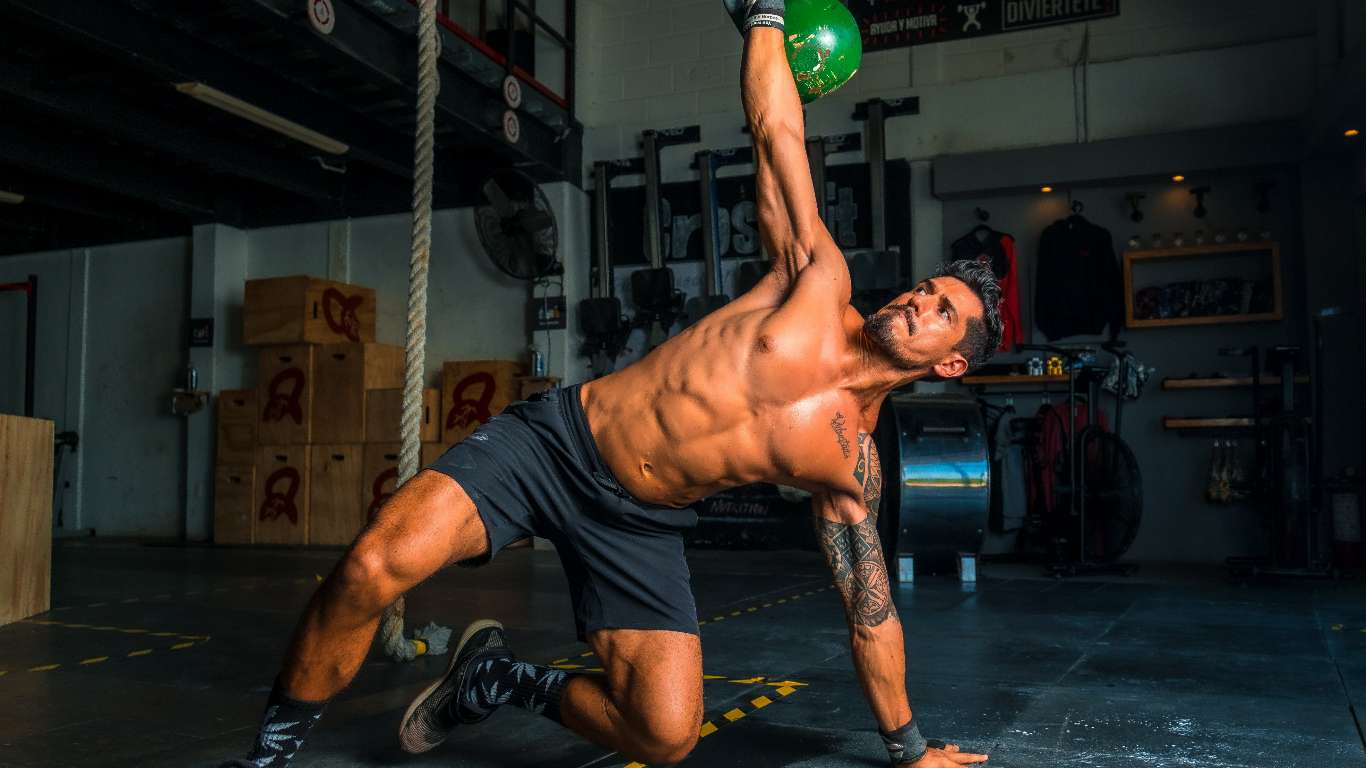
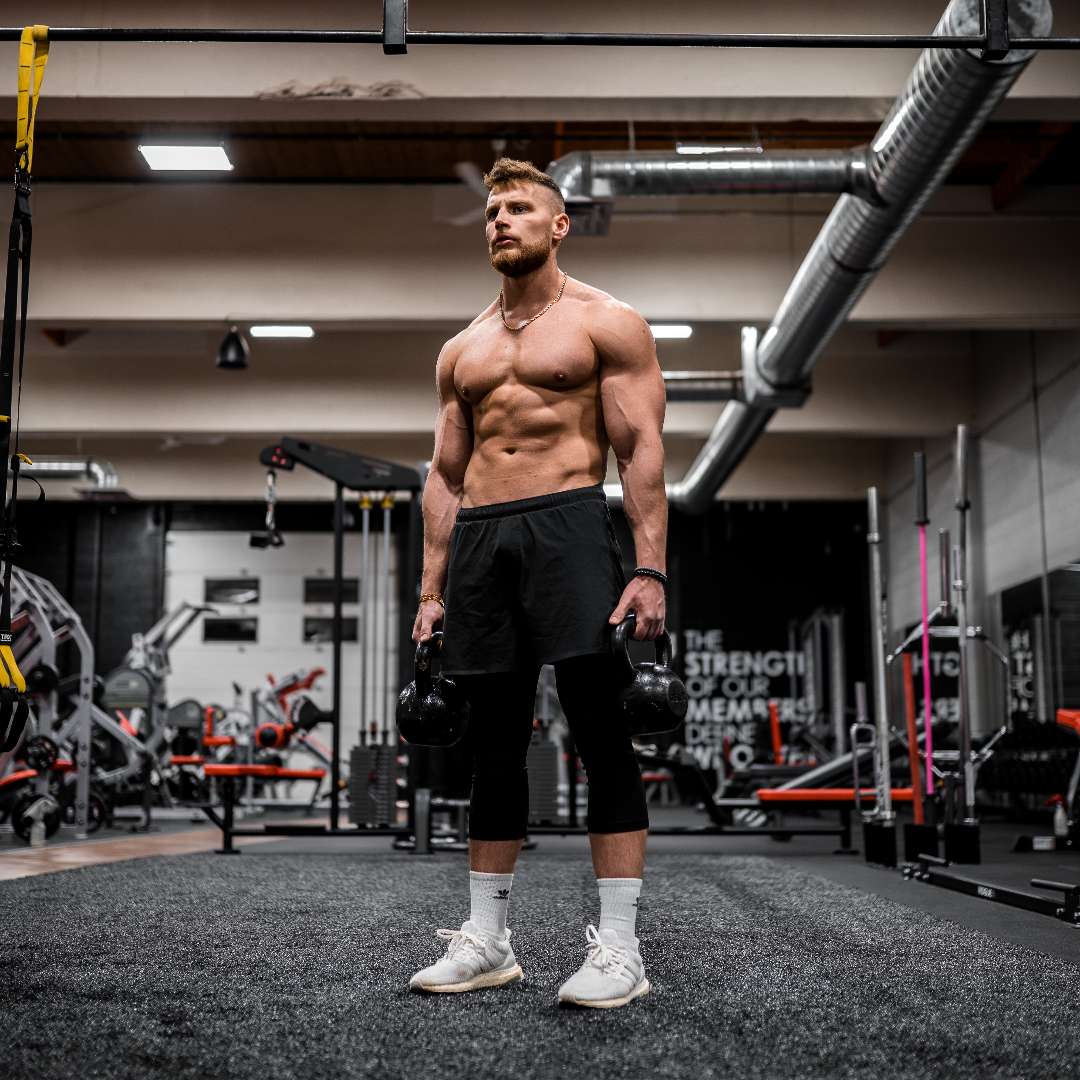 First, let’s look at what
First, let’s look at what 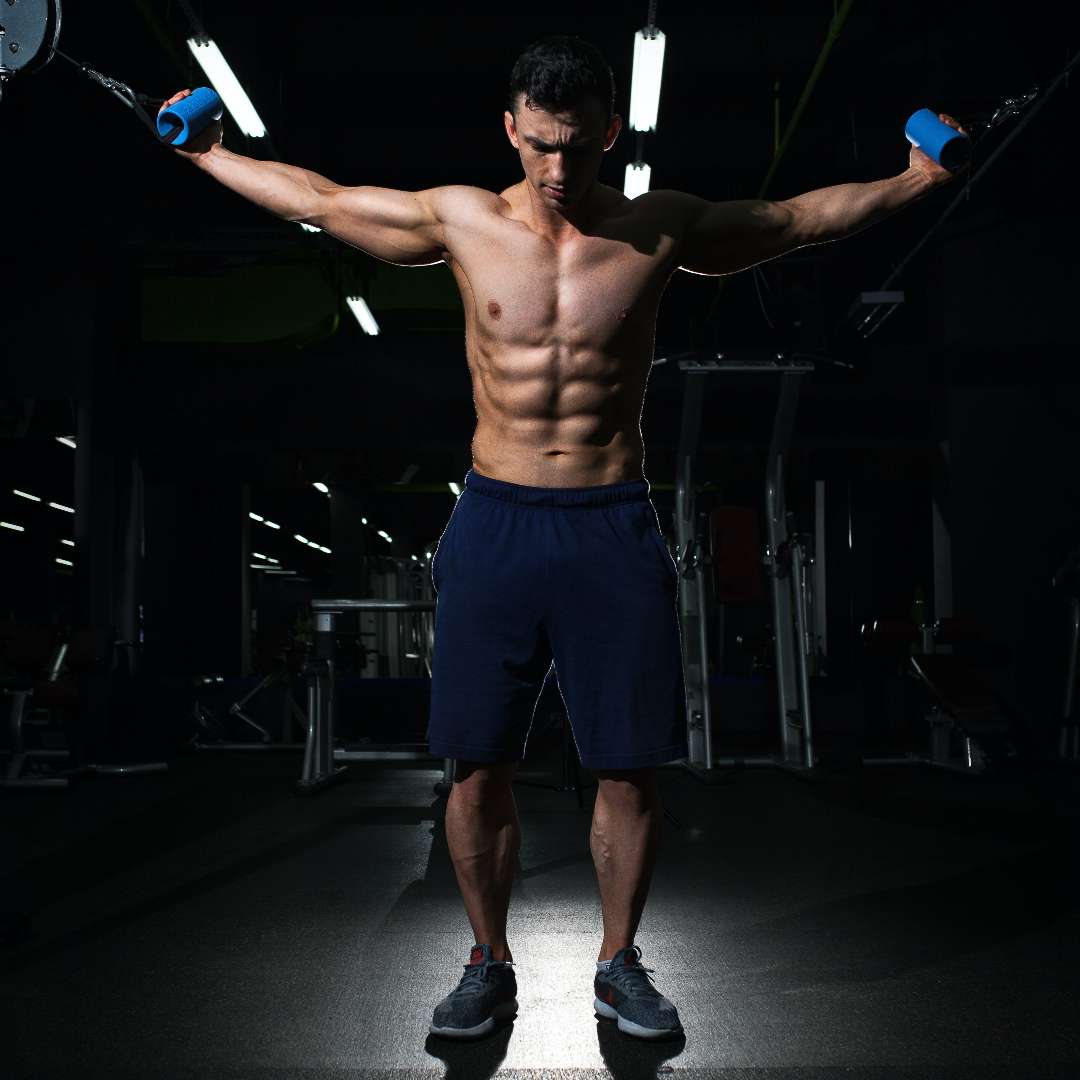 When it comes to building strength with body-weight exercises, compound movements are usually best. This means you should focus on multi-joint exercises such as push-ups and pull-ups that work multiple muscles simultaneously.
When it comes to building strength with body-weight exercises, compound movements are usually best. This means you should focus on multi-joint exercises such as push-ups and pull-ups that work multiple muscles simultaneously. 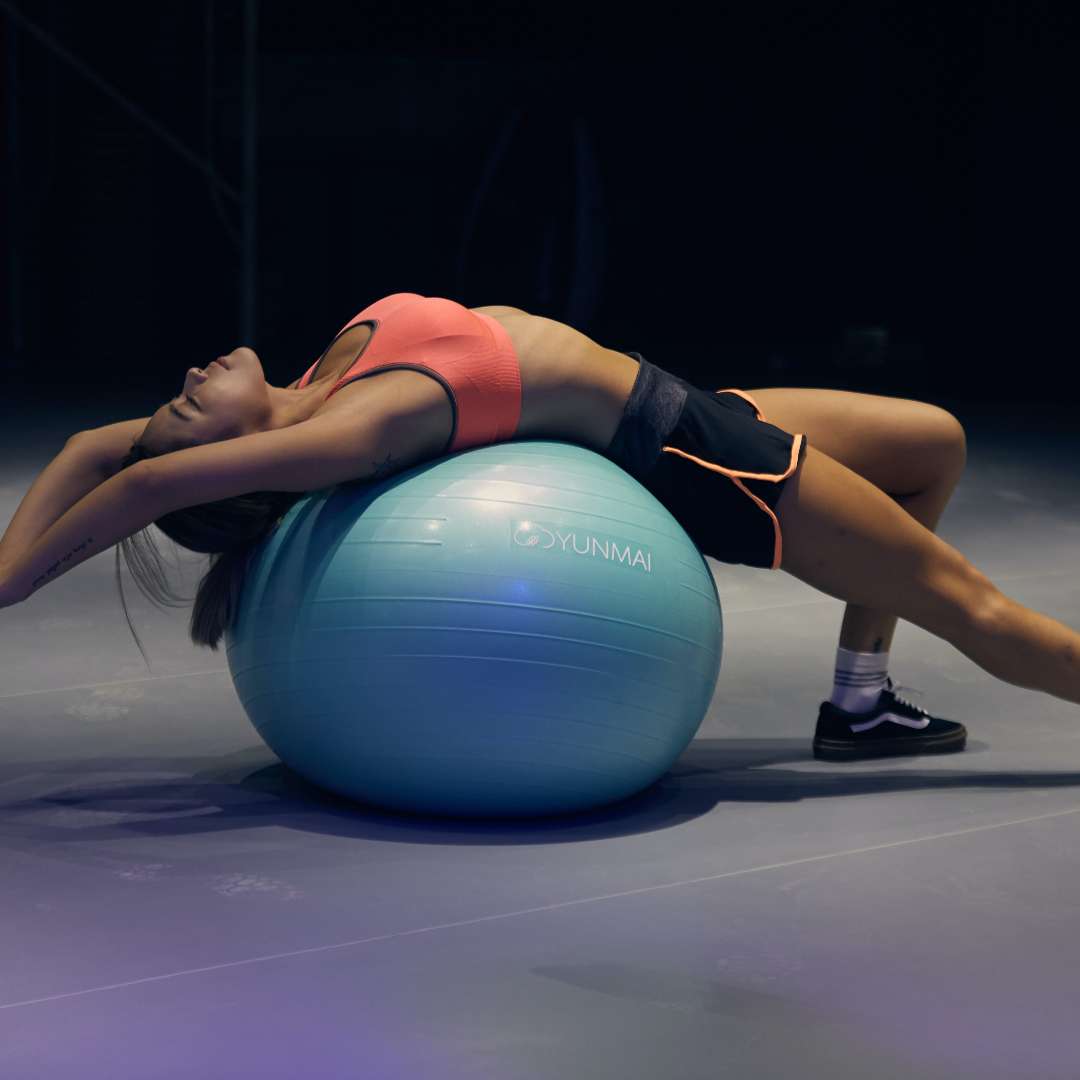 Of course, as you progress in your experience and knowledge, you may add more complex variations of each exercise to challenge yourself further.
Of course, as you progress in your experience and knowledge, you may add more complex variations of each exercise to challenge yourself further. 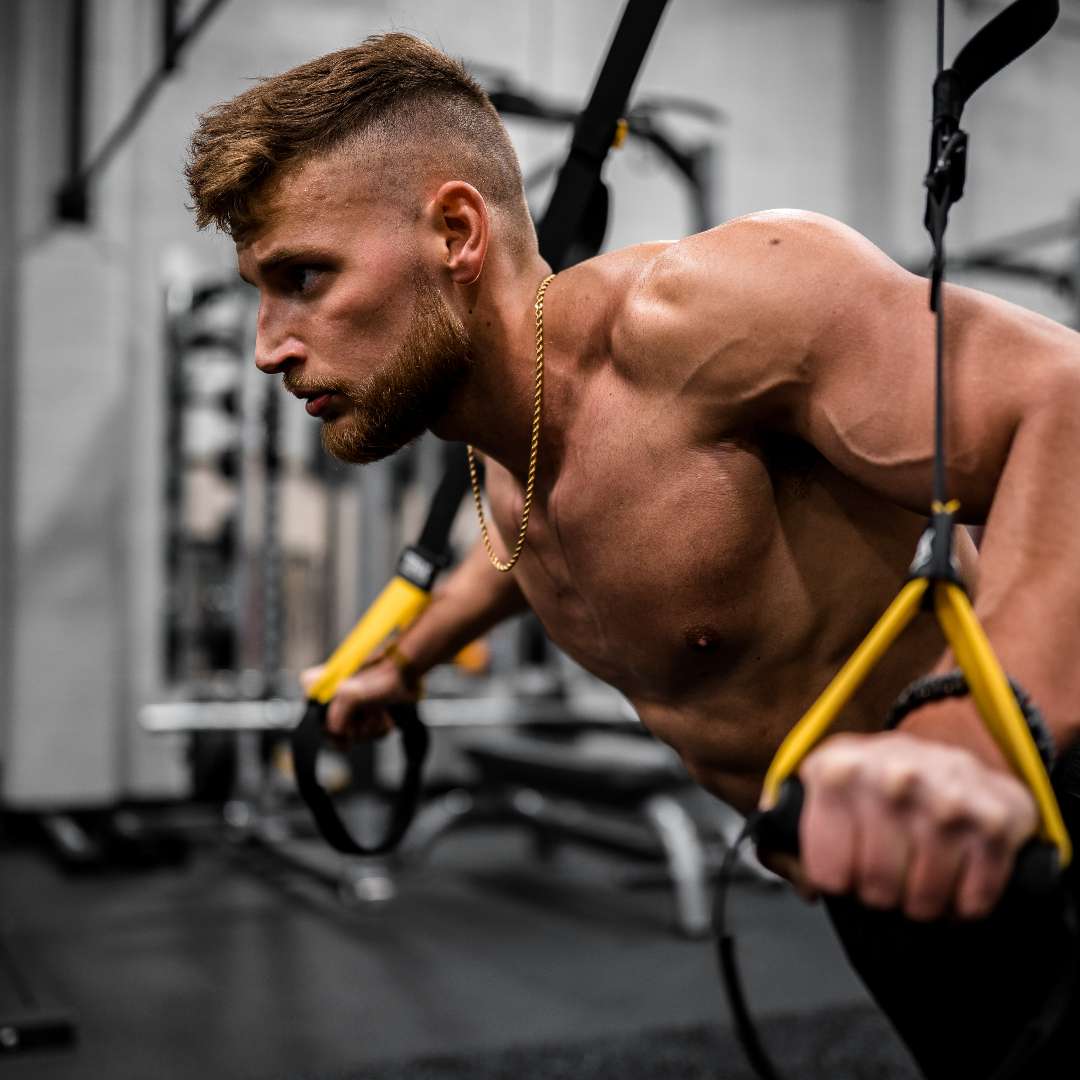 The first mistake was not correctly proper warm-ups beforehand. Before starting any exercise program – especially with your weight – it’s vital to warm up all your muscles properly.
The first mistake was not correctly proper warm-ups beforehand. Before starting any exercise program – especially with your weight – it’s vital to warm up all your muscles properly.